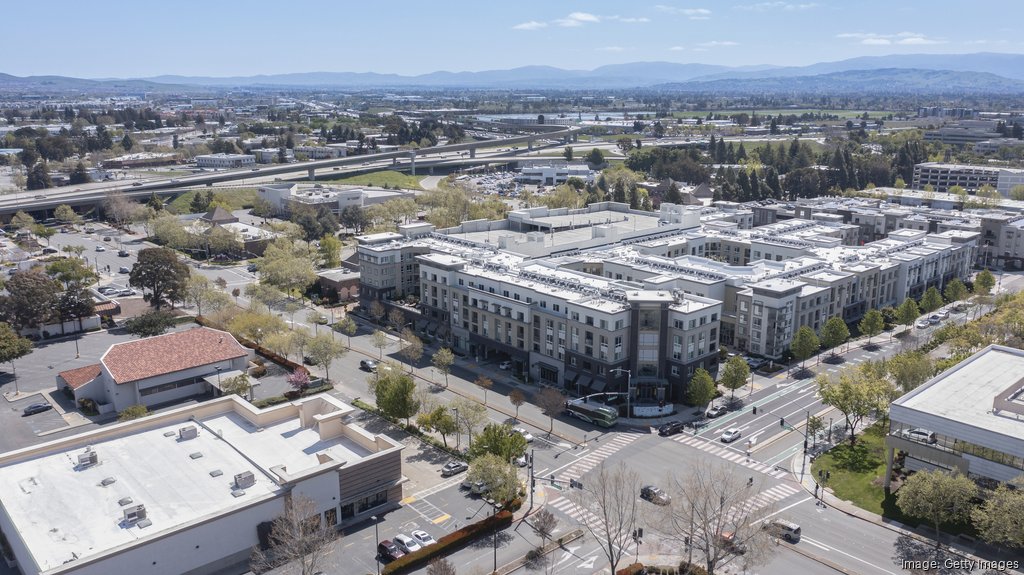Strategically positioned near the geographic center of the San Francisco Bay Area, the Tri-Valley has played an equally central role over the past several years in driving the region’s economy as its communities have welcomed new companies, spurred remarkable innovations, and built new housing. Indeed, this important Bay Area subregion – which includes the town of Danville and the cities of Dublin, Livermore, Pleasanton, and San Ramon – has leveraged its physical connectivity, comparatively affordable cost of living, and overall quality of life to position itself for continued growth and future success.
The Tri-Valley has established itself as a hotspot for new and emerging companies in life sciences, technology, and other key sectors. One of the more visible examples of this was the recent successful buildout of the Workday headquarters at the West Dublin/Pleasanton BART station in 2019, a campus designed to accommodate more than 2,000 employees. Nearby biotech gazelle 10X Genomics followed a similar path, completing a significant site expansion project in Pleasanton just last year, while nearby Hacienda continues to draw new and established companies alike from design to distribution to software.
Each community in the Tri-Valley has played an important role in enabling its recent growth and positioning for future success. Dublin has notably led the way in constructing new housing, having recently earned the designation as California’s fastest-growing city, with many new residential and retail developments recently finished or nearing completion. While that work continues, the city is beginning to coalesce around a vision to create a downtown that includes various amenities and elements to enhance the future character of Dublin’s downtown while also bringing in new attractions for residents, including the Bay Area’s second Top Golf location.
The Tri-Valley’s culture of innovation is inextricably connected to Livermore, one of the only cities in the U.S. that is home to two national labs. The commitment of these institutions to open their doors and offer their equipment, facilities, and research capacities to help commercialize new technologies had a lot to do with that city’s decision to help launch Daybreak Labs, the Tri-Valley’s first and only hard-tech incubator for life sciences and energy startups. One of the newest companies to launch from this space, ZeroAvia, announced in January 2024 that it will begin work this year to design, build, and demonstrate a 10,000-liter mobile LH2 refueler with sufficient flow rates to refuel in a similar time as traditional jet fuel refills. Countless other companies are similarly benefiting from their proximity to the Tri-Valley’s innovation ecosystem, including VedaBio, TwentyTwenty Therapeutics, and Encellin.
Just up the road along Interstate 680 in Contra Costa County, the Tri-Valley has been experiencing its third evolutionary wave of development. While transformational investments have been the hallmark of Bishop Ranch going back to the time before San Ramon became a city in 1983, there are few examples of suburban communities being reinvented at this scale and scope. The 2018 opening of City Center Bishop Ranch marked an important milestone in this work, creating a new destination location for residents to get out and dine, shop, and more. New residential development is well underway, with multiple future projects in the pipeline that are expected to help perpetuate this cycle of growth and success, benefiting the entire region.
As naysayers continue to cite some of the economic challenges facing our region, the Tri-Valley stands as a strong counterpoint to this narrative. Indeed, by taking action to address some of these issues, the Tri-Valley is leveraging other aspects of our region’s reputation, continuing to lead the way by embracing innovation and looking ahead to the future.
This article was originally published in the San Francisco Business Times for the East Bay Business News series. Read the article here.

